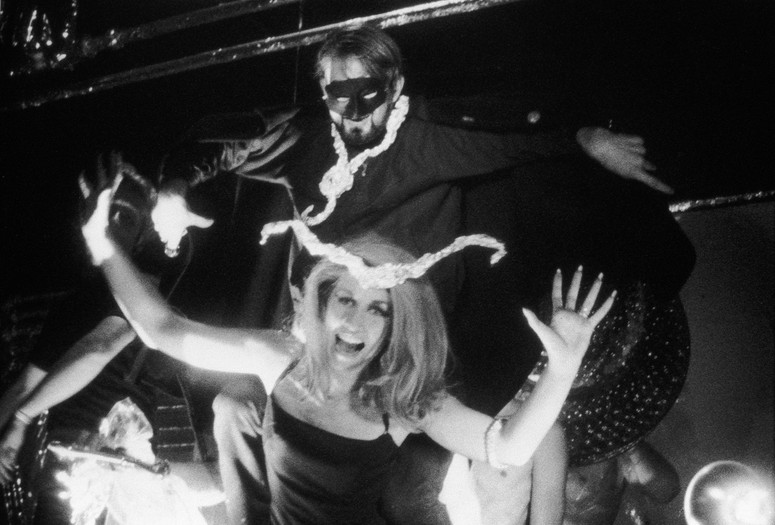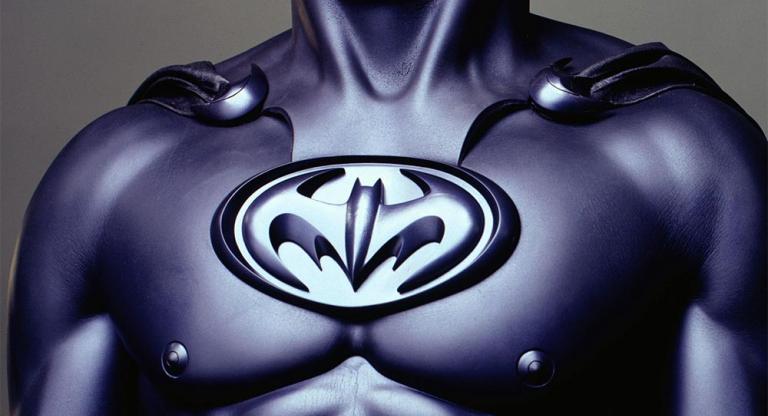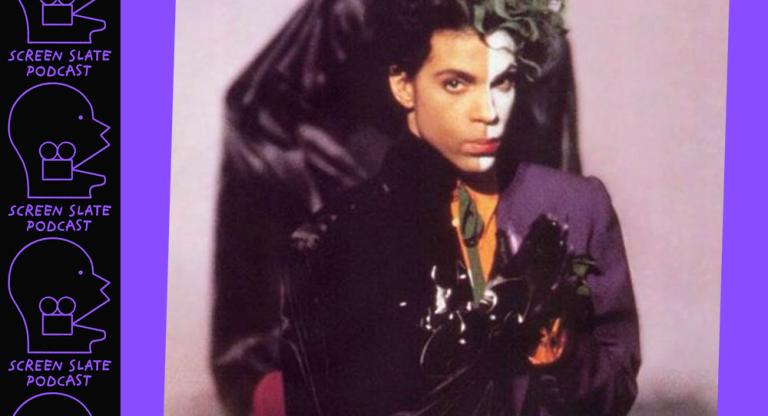At one point during Andy Warhol’s feature-length variety show Camp (1965), Jack Smith saunters over to a glass-cased closet and asks, almost lifelessly, “Can we open the closet?” Locked behind the glass is a ratty Batman comic. With his theatrical gesture, Smith may have been thinking of a film he had shot with Warhol a year prior: Batman Dracula (1964), a narrative epic the pop-artist never got around to finishing, which Smith felt included one of his best performances to date.
Warhol never did “open the closet” on Batman Dracula. It may have been that his attention was focused on other, more pressing ideas; maybe he had a falling out with Smith or another cast member/boyfriend; or, most likely, he had already become bored with the project during post-production. By that time, Warhol had upgraded his studio equipment: the Auricon camera he had purchased for Empire (1964) could simultaneously record image and sound, and he was now able to crank out two-reelers like Harlot (1964), his first sound picture, at a furious pace. Batman Dracula exists today as two rarely seen reels of edited footage, along with over 50 camera rolls of outtakes. The first reel—consisting of 17 rolls of film—will be shown at the Museum of Modern Art, while parts of the second reel—comprising 21 rolls—were screened in Chicago last November.
This assembled footage is, more or less, the prologue to an unfinished final product, as any slight allusions to a narrative throughline remain exactly that. Batman doesn’t get any heroic moments, or much in the way of a formal introduction (in fact, he’s barely present in the reel’s first hour), and the inclusion of Dracula seems to be largely motivated by Smith’s desire to dress and act spooky in front of Warhol’s Bolex. But the joys of watching Warhol’s silent cinema are intact even in a fragmented context, where the slow, simple, hypnotic movements of his performers feel otherworldly. An underexposed shot might appear poorly framed until someone languidly walks into the composition, evaporating the original sense of amateurishness.
Smith, who really does give what may be the most incredible performances of his career as both Dracula and Batman, radiates movie-star charisma. Draped in a black cape and bumbling around on what looks to be a Manhattan rooftop, he walks toward the camera, staring straight down its barrel; the effect is downright chilling, and is reason enough for this footage to finally be ejected from the stuffy confines of Warholian myth.
Batman Dracula screens this afternoon, April 30, and on May 11, at the Museum of Modern Art as part of the series “Carte Blanche: Amy Taubin.”





